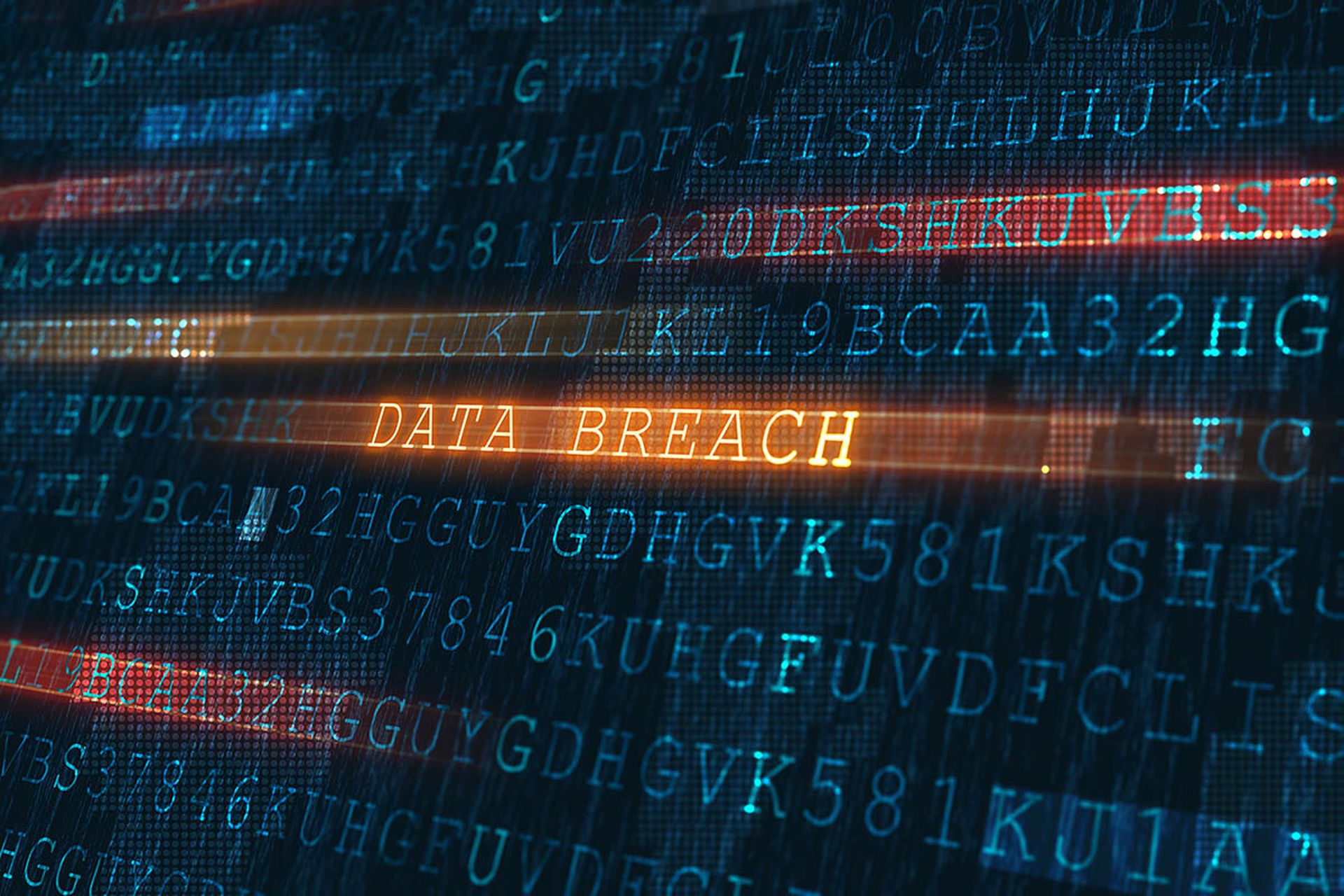In today’s rapidly evolving threat landscape, data breaches have become an inevitability rather than a possibility. As Stephen Gates, Principal Security SME at Horizon3, highlighted in a recent discussion with SC Media, traditional defensive approaches to cybersecurity are failing. Organizations must shift from reactive defenses to proactive strategies, ensuring continuous monitoring, robust vulnerability management, and readiness assessments.
Using insights from Gates’ interview and Horizon3’s NodeZero technology, this article outlines eight actionable steps to enhance your cybersecurity posture after a breach.
1. Enhance Incident Response Plans
Incident response plans are the cornerstone of post-breach recovery. A strong plan must be tested regularly through simulations and updated as new threats emerge. Gates emphasizes the importance of readiness exercises, which use adversarial tactics to identify gaps in defenses. Tools like NodeZero enable organizations to conduct realistic and autonomous adversarial assessments, providing insights into the effectiveness of existing security measures.
2. Prioritize Critical Vulnerabilities
Organizations often face a deluge of vulnerability alerts, but not all vulnerabilities pose immediate risks. According to Gates, the industry’s shift from simply identifying vulnerabilities to determining exploitability is a game-changer. Rapid response capabilities, such as those offered by NodeZero, allow teams to identify exploitable vulnerabilities and prioritize immediate remediation. This minimizes the attack surface and reduces the likelihood of subsequent breaches.
3. Implement Continuous Monitoring
Annual penetration tests are insufficient in the face of evolving threats. Gates critiques traditional pen tests as “checkbox assessments” that fail to uncover dynamic attack paths. Continuous monitoring, driven by autonomous tools, ensures organizations are always aware of their security posture. NodeZero’s ability to autonomously probe networks and learn from its findings enables real-time identification of weak points, providing actionable remediation steps.
4. Proactively Test Security Defenses
The effectiveness of security technologies cannot be assumed — it must be proven. Gates stresses that organizations should launch adversarial assessments against their own networks to validate defenses. By using tools that mimic real-world attack tactics, organizations can identify misconfigurations, outdated systems, and other weaknesses that attackers exploit.
5. Shorten the Mean Time to Remediation (MTTR)
The industry average for addressing vulnerabilities — 30 to 90 days — is far too long. Gates argues that organizations must strive for remediation times of 30 to 90 minutes in critical cases. Rapid detection and response capabilities enable teams to act quickly, reducing the window of opportunity for attackers.
6. Focus on Ransomware Preparedness
Ransomware attacks are increasingly sophisticated, with human-operated methods dominating the landscape. Gates debunks the myth of “super malware,” explaining that most ransomware operators exploit stolen credentials and pre-existing vulnerabilities. Continuous adversarial assessments can uncover these weaknesses, empowering organizations to secure their environments before attackers strike.
7. Address Supply Chain and Manufacturing Risks
The risks inherent in supply chain and manufacturing sectors are amplified by outdated systems and interconnected networks. Gates notes that some organizations are using NodeZero not only to secure their own networks but also to assess their suppliers. This proactive approach minimizes risk transfer and strengthens the entire supply chain.
8. Educate and Shift Industry Mindsets
Finally, a fundamental cultural shift is needed in cybersecurity. Organizations must move beyond compliance-driven models toward continuous risk assessment and proactive defense. Legislative efforts, such as NIST and EU regulations, are pushing for more frequent and effective evaluations. Tools like NodeZero exemplify the technological advancements needed to support this paradigm shift.


